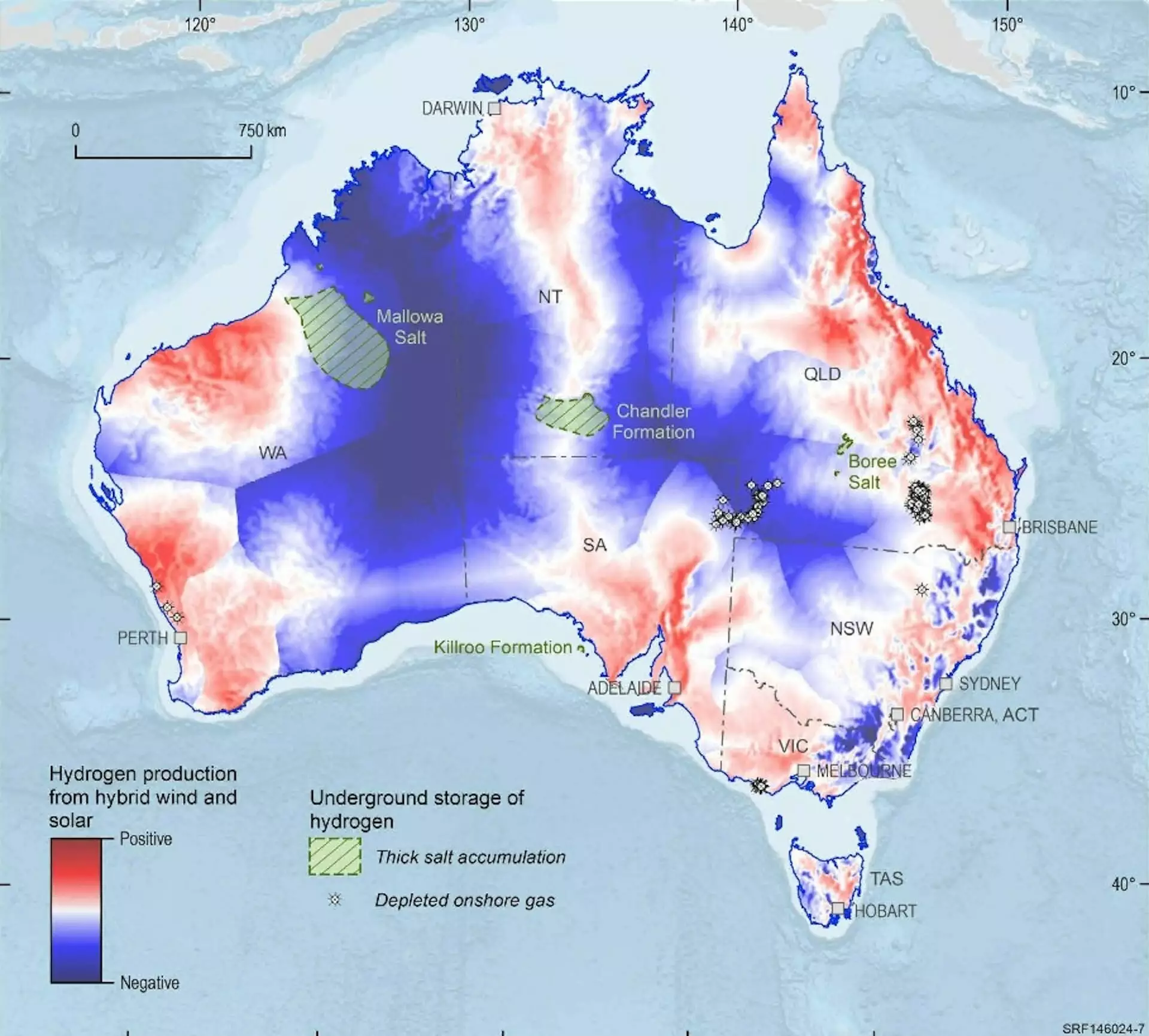Australia’s role in the global transition to a low-emissions economy is taking center stage with the recently unveiled National Hydrogen Strategy. Federal Climate Change and Energy Minister Chris Bowen has outlined a vision aimed at bolstering Australia’s position as a frontrunner in green hydrogen production. Given the dynamic landscape of energy technologies, this updated strategy is essential for setting a course that not only meets national needs but also engages with international markets.
Hydrogen has been recognized for its potential as a clean energy source, especially as the world turns away from fossil fuels. Its versatility allows it to be used across a variety of sectors, from steel manufacturing to energy storage. Traditionally, Australia has relied heavily on natural gas for hydrogen production, resulting in significant greenhouse gas emissions. However, the production of green hydrogen, generated through renewable energy sources such as wind and solar, presents a zero-emissions alternative that aligns with climate goals.
The updated strategy aims to address the current shortcomings in hydrogen production by focusing on competitive costs and production scalability. The ambitious targets set—500,000 metric tons by 2030 and a staggering 15 million by 2050—serve as benchmarks for this transition. However, it remains critical to assess how Australia can effectively manage the costs associated with hydrogen production and transport, which have historically hindered wider adoption.
The new strategy underscores the importance of both domestic and international partnerships, particularly in light of emerging consumer bases in Europe. Australia’s intent to collaborate with Germany on a $660 million hydrogen deal exemplifies an effort to establish reliable markets for green hydrogen exports. Given Europe’s increasing energy demands driven by sustainability initiatives, Australia is strategically positioning itself as a supplier.
Yet, exporting hydrogen poses numerous challenges. The transportation of liquid hydrogen is notably complex and costly, raising questions about the viability of export-centric models. Instead, focusing on utilizing hydrogen to create value-added products like green iron could offer a more sustainable and economically feasible pathway. This approach not only supports domestic industry but also reduces the risks associated with external market fluctuations.
In light of its multifaceted applications, identifying priority sectors for hydrogen use is a vital component of the strategy. Industries such as iron, alumina, and ammonia are being highlighted as key areas where hydrogen can rapidly reduce emissions and foster new economic opportunities. Additionally, hydrogen’s potential in aviation, shipping, and freight logistics is acknowledged, despite competition from electric alternatives in the passenger vehicle market.
However, to realize the promise of hydrogen in these sectors, clarity regarding government support and investment will be crucial. Stakeholders, including investors and industrial players, require assurance that funding and resources will be directed toward promising technologies, rather than wasted on less viable prospects that do not align with the defined priorities.
The human element of the National Hydrogen Strategy cannot be overlooked. As hydrogen technology evolves, community acceptance will play a pivotal role in its successful deployment. Acknowledging the fears surrounding safety and the potential for hazardous incidents, the strategy emphasizes proactive engagement and benefit-sharing with local communities, including First Nations peoples.
Moreover, factors such as water management and regional economic diversifications are integrated into this framework, highlighting a more holistic view of sustainable development. Australia’s commitment to addressing potential societal impacts while fostering innovation and job creation lays the groundwork for community support moving forward.
The strategy incorporates a review timeline set for 2029, reinforcing the importance of accountability and transparency in measuring progress. Key indicators of success include the construction of large hydrogen projects, active contracts with hydrogen users, and developments in storage facilities and renewable energy infrastructure.
The effectiveness of this comprehensive plan will hinge on the ability to pivot and adapt should early indicators suggest underperformance. This flexibility will be essential in navigating the evolving landscape of hydrogen technologies and ensuring Australia’s ambitions align with practical realities.
As Australia seeks to solidify its role in the global hydrogen market, the National Hydrogen Strategy presents an opportunity for significant progress in sustainable energy production. While the challenges are considerable, particularly regarding costs, community acceptance, and international competition, there is a clear vision for how green hydrogen can become a cornerstone of Australia’s future energy landscape. By fostering innovation and navigating the complexities of the market intelligently, Australia could indeed become a leader in low-emissions technology on the world stage. This strategy will not only aim for ambitious production targets but will also serve as a guide for a responsible, community-focused engagement in the journey toward a sustainable economy.


Leave a Reply